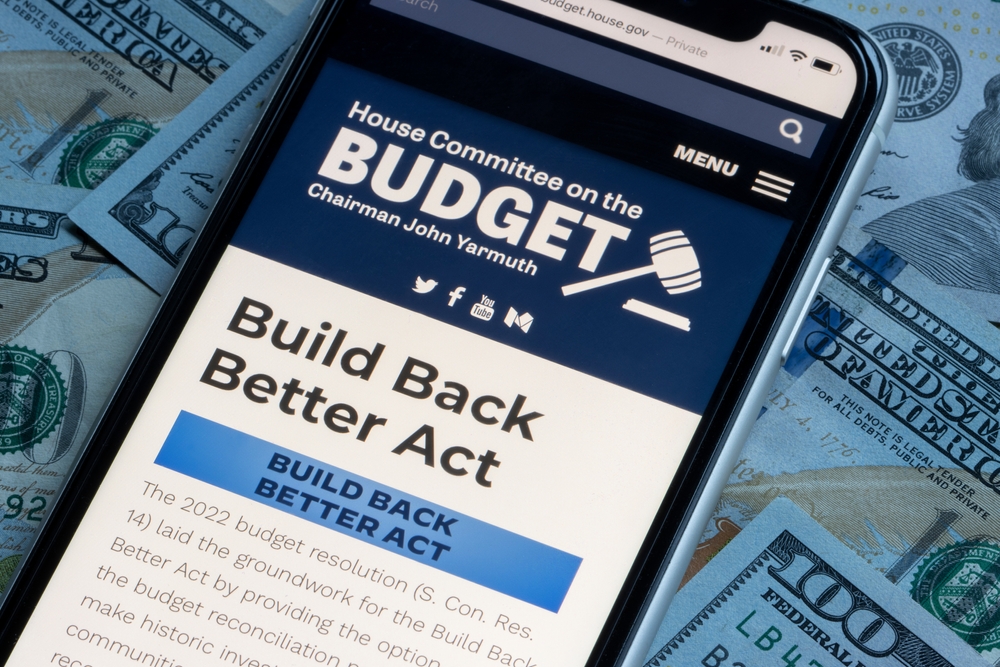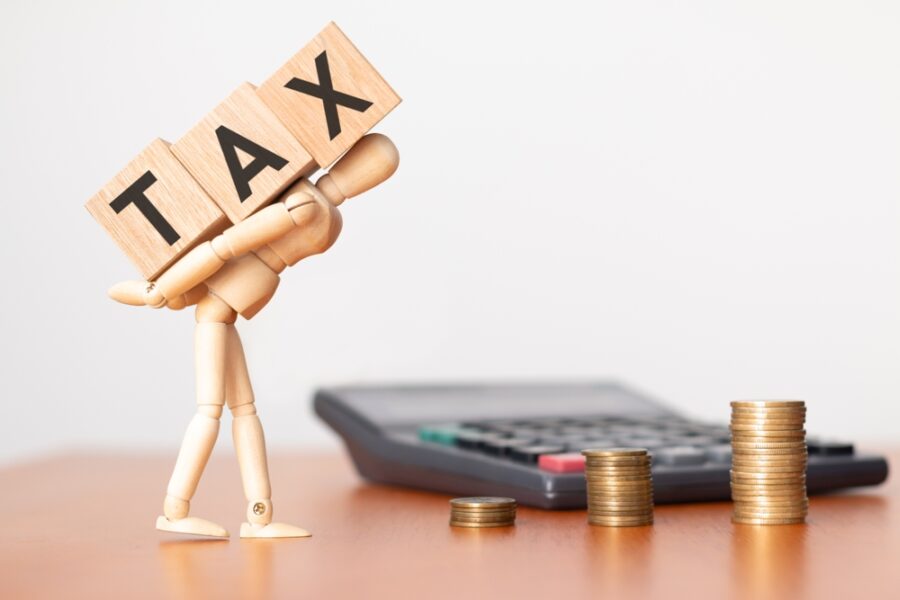
Path 1: Generating Income from Your Existing Investments
For most retirees, the most direct path to generating passive income is through the investment portfolio they’ve spent years building. The goal is to shift the focus of this portfolio from growth to a steady, reliable stream of income. Here are a few common ways to do this.
Dividend-Paying Stocks and Funds
When you own a stock, you own a tiny piece of a company. If that company is profitable, it may choose to share a portion of its profits with its shareholders. This payment is called a dividend.
Many large, established companies have a long history of paying and even increasing their dividends year after year. You can buy individual stocks, or you can buy into a mutual fund or an Exchange-Traded Fund (ETF) that holds a basket of many different dividend-paying stocks. This diversification can help reduce the risk that comes from owning just one or two companies.
It’s important to remember that stocks come with risk. A company’s stock price can go up or down, and there is no guarantee that it will continue to pay a dividend. A company facing hard times might reduce or eliminate its dividend entirely.
So, how much would you need to invest? Let’s do some mini-math. The “dividend yield” of a stock or fund is its annual dividend per share divided by its price per share. For example, if a fund has a 4% dividend yield, it means it pays out 4 cents in dividends for every dollar invested, per year. To generate $1,000 per month, which is $12,000 per year, from an investment with a 4% dividend yield, you would need a principal of $300,000. We find this by dividing the desired annual income by the yield: $12,000 / 0.04 = $300,000.
Bonds and Bond Funds
Another common way to create income is through bonds. A bond is essentially a loan you make to a government (like U.S. Treasury bonds) or a corporation. In return for your loan, the issuer promises to pay you periodic interest payments over a set term and then return your original investment, the principal, at the end of that term.
Bonds are generally considered safer than stocks, but they are not without risk. One key risk for retirees is duration risk. This is the risk that if overall interest rates in the economy rise, the value of your existing, lower-rate bonds will fall. If you hold an individual bond to its maturity date, you will get your principal back, but if you need to sell it early in a rising-rate environment, you might have to sell it for a loss.
Like with stocks, you can buy individual bonds or invest in bond funds or ETFs. Bond funds offer diversification by holding hundreds or thousands of different bonds, which reduces the impact if any single issuer defaults on its payments. A popular strategy is to create a “bond ladder,” where you buy several individual bonds with different maturity dates. As each bond matures, you can either spend the principal or reinvest it in a new bond at current interest rates.
High-Yield Savings Accounts and Certificates of Deposit (CDs)
For those who are very risk-averse, the safest options are often the best. High-yield savings accounts and Certificates of Deposit (CDs) offer a predictable return with virtually no risk to your principal, as long as you stay within FDIC insurance limits.
A CD requires you to lock up your money for a specific term, from a few months to several years, in exchange for a fixed interest rate that is typically higher than a standard savings account. A CD ladder strategy, similar to a bond ladder, can provide regular access to your money. For example, you could invest in a 1-year, 2-year, and 3-year CD. When the 1-year CD matures, you can use the cash or reinvest it in a new 3-year CD, keeping the ladder going.
While safe, these options usually provide the lowest returns. It would take a very large sum of money in a CD to generate $1,000 a month in interest. However, they are an excellent place for your emergency fund and for cash you cannot afford to lose.










24663 Minkler Rd., Sedro Woolley, WA 98284